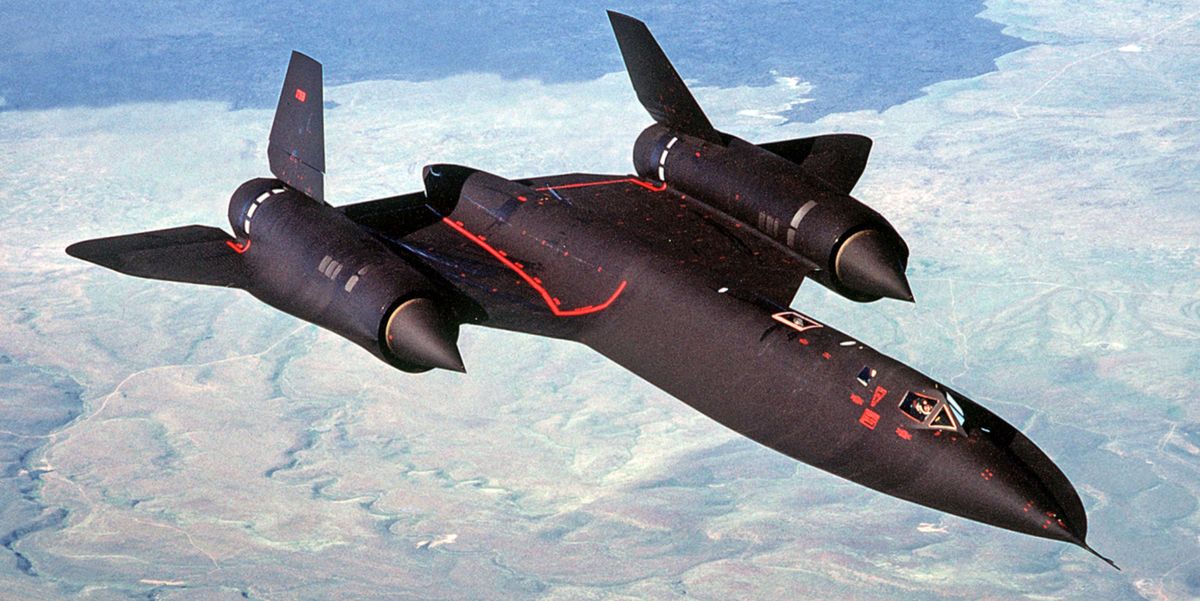
The SR-71 Blackbird
Sleek, cunning, and highly advanced, the SR-71 was one of the early examples of a stealth aircraft. Featuring a dark black/blue paint scheme, the aircraft became known simply as “Blackbird.” There were only 32 Blackbirds ever built but their legendary status is still talked about today.
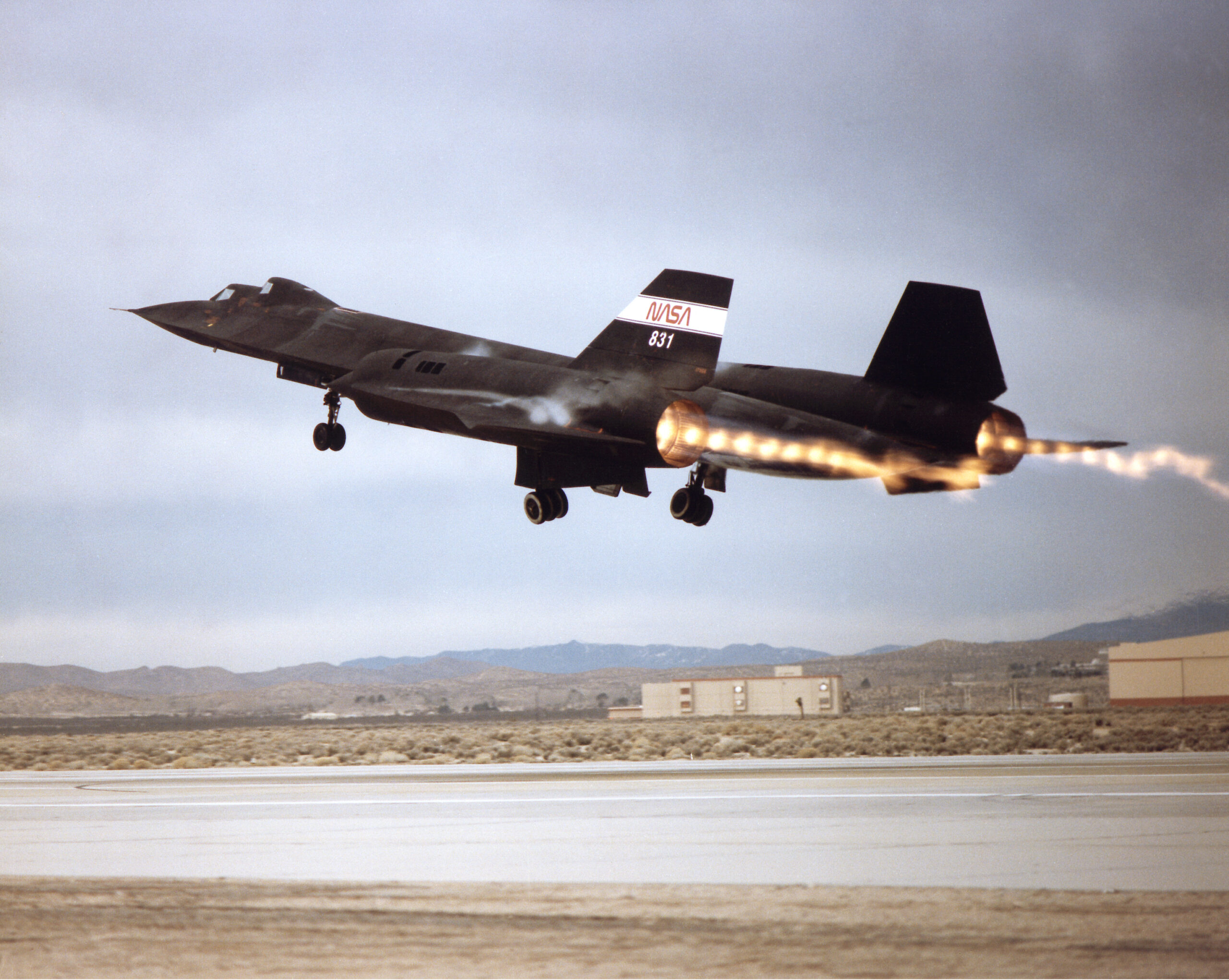
Not So Fast, Missiles!
But this sleek aircraft not only looked cool, but it was also incredibly fast. The SR-71 was capable of reaching Mach 3.4, which is a land speed of about 2,500 mph. To put that into context, this hulking machine was able to travel three times faster than a speeding bullet!
Over 4,000 missiles were fired at the Black Bird during its 25-year service, but not a single one hit its mark. This incredible plane was able to outrun Soviet surface-to-air missiles with ease; a factor that doomed the U.S.’s last spy plane, the Lockheed Martin U-2.
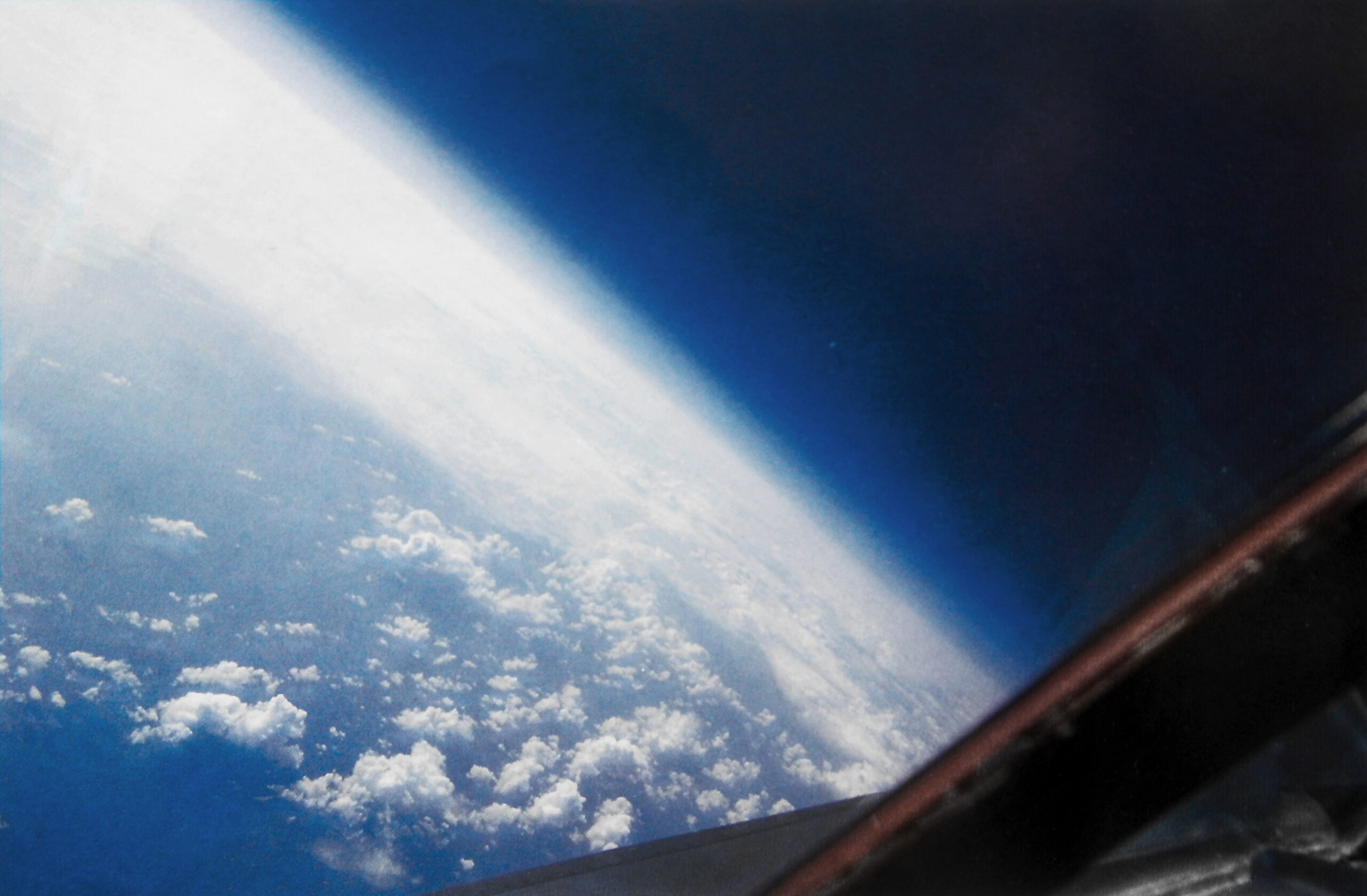
Pin Drop Quiet
All of these photos don’t quite do justice to the experience of being in an SR-71 Blackbird. According to pilot Richard Graham, “First of all, it is extremely quiet in the cockpit. You could hear a pin drop. The view is spectacular, being able to see the curvature of the Earth and the black space above filled with stars.”
Before there were modern spy satellites, the SR-71 was the legendary craft military intelligence relied on for intel.
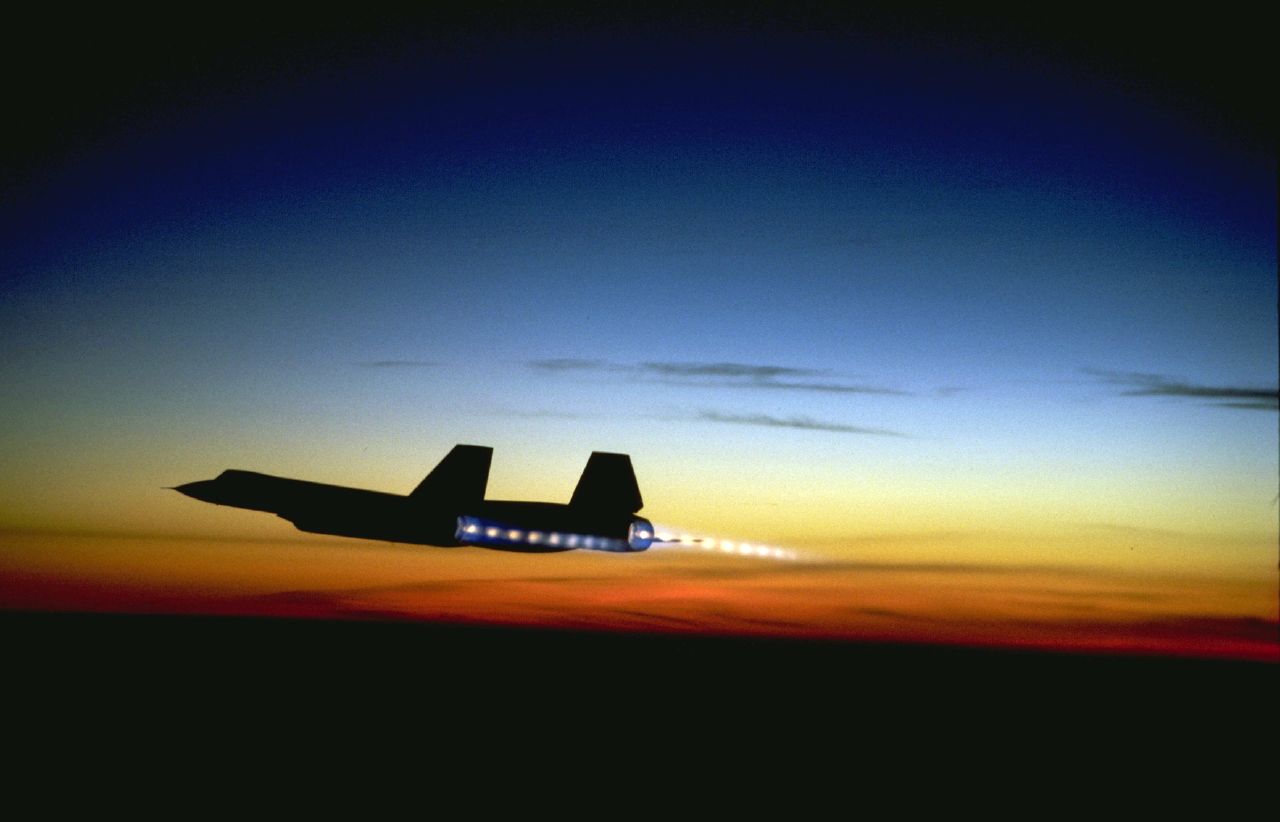
Multi-Talented
The SR-71 did more than just take pictures. It could aim its radar 45 degrees to the side, map the terrain with its side-scanning sonar, and intercept enemy communication and radar signals. In addition, this multi-tasking craft could record its entire flight path with infrared cameras to prove to countries that it didn’t violate their airspace.
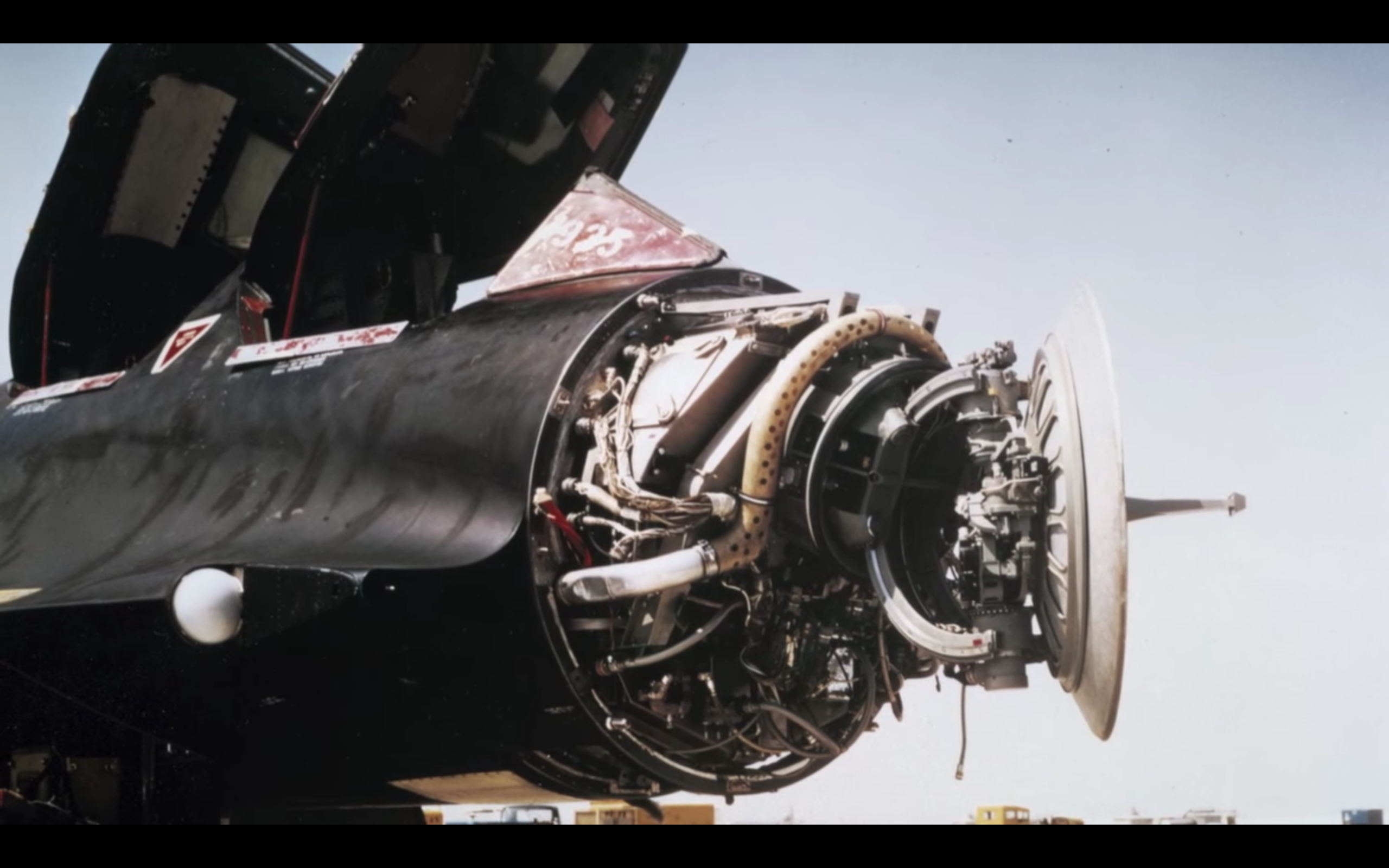
Eagle Eyes
The hardware on board the Black Bird was just as impressive as the craft itself. The all-seeing cameras on the SR-71 could amazingly read a car license plate from 80,000 feet in the air while cruising at an astounding 2,000 mph!
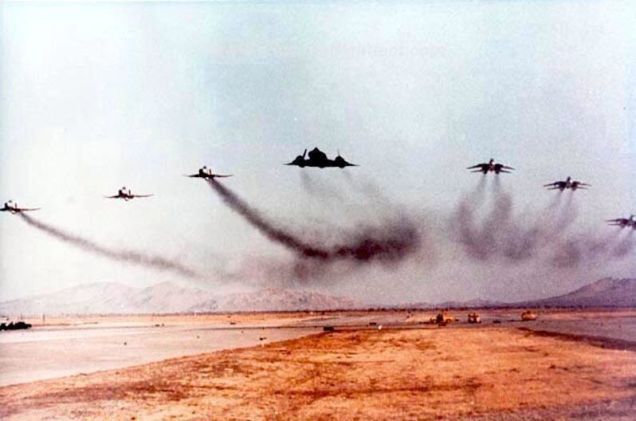
I Didn’t Do It!
Despite being a spy plane designed to snoop on countries such as Russia and China, an SR-71 has actually never been over the landmass of Russia or China. The planes simply flew around the outskirts and used their angled cameras and sensors to gather all the info they needed. Talk about playing it safe!

Spy Plane Made From Spy Games
Gathering the raw materials to build the SR-71 was especially tricky. In order to obtain the vast amounts of titanium needed for the construction of the planes, the CIA created fake shell companies throughout the world to purchase the metal from the biggest supplier (and the United State’s enemy at the time), the USSR.
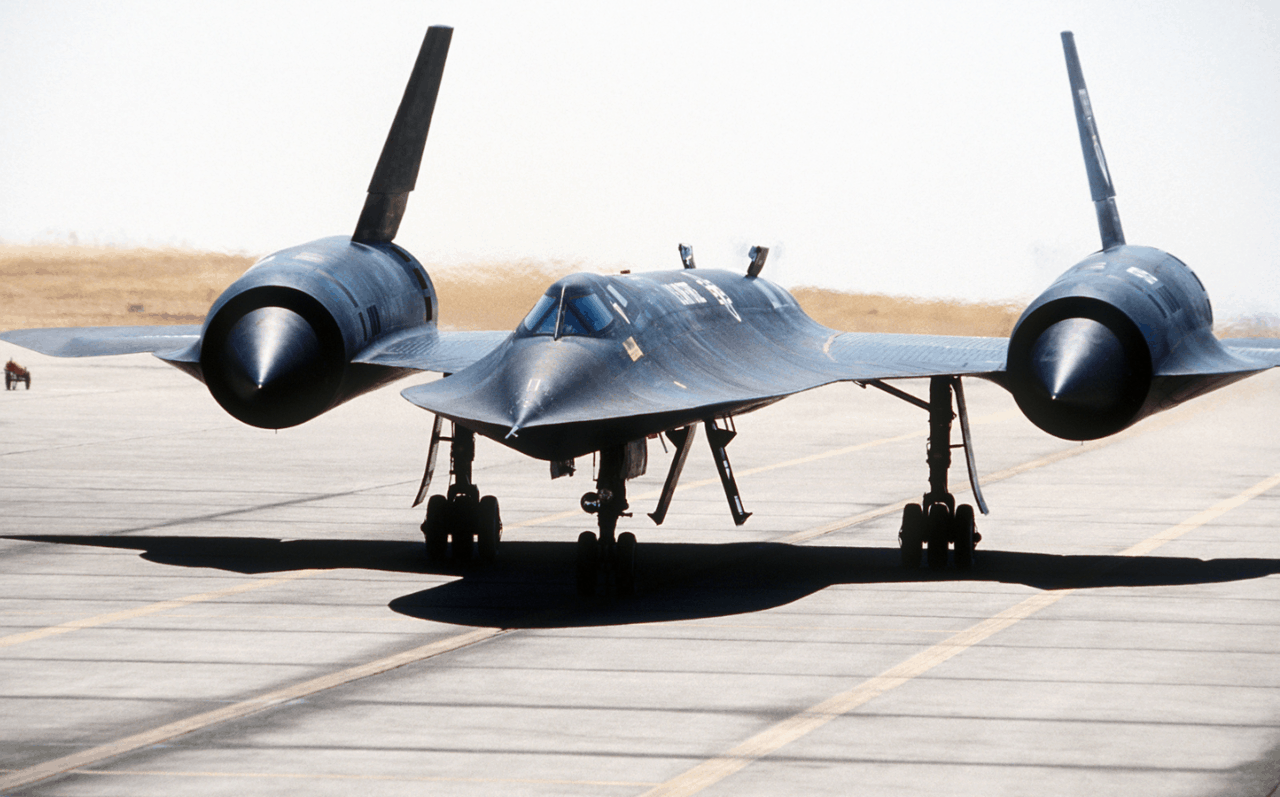
To The Stars
The SR-71 had extremely accurate navigation systems, too. It was able to maintain its heading within 1,000 feet while at Mach 3 by using a celestial navigation system nicknamed “R2-D2” that tracked a series of 61 stars. The sensor was so powerful that it was capable of detecting the stars in broad daylight while on the ground.
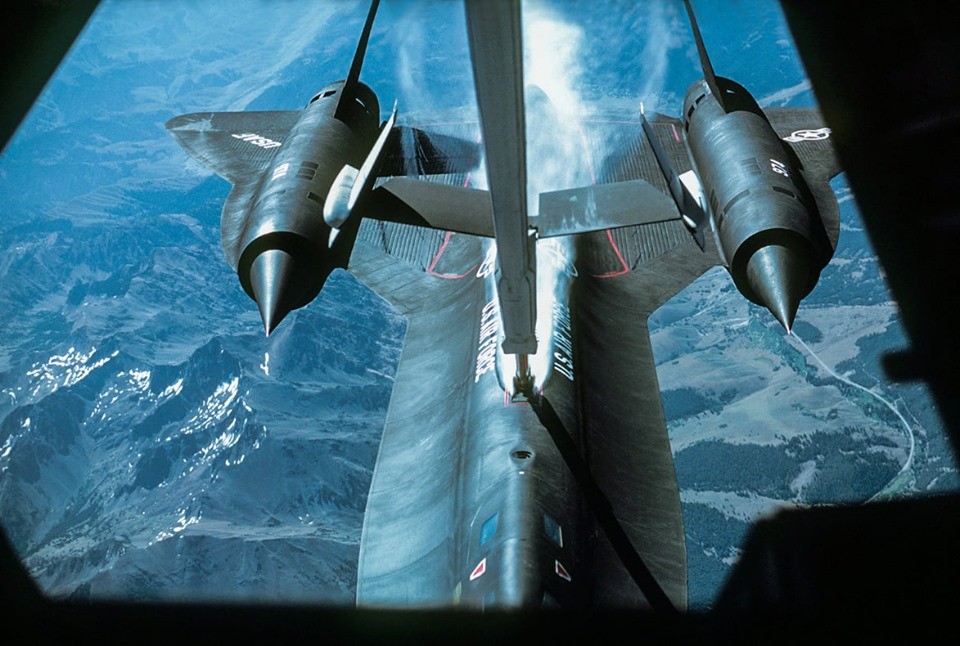
Slipped Through The Cracks
The Blackbird would actually constantly leak fuel while not in flight due to the contraction of its titanium skin. It was designed to expand as it heated up due to air friction. The SR-71 had enough fuel to take off and then get refueled up in the air by an air tanker (sometimes multiple times per flight).
You Can’t Light It Up
How bad was the fuel leakage on that beast? Not as bad as a lot of people say (it is often over exaggerated according to pilot Col. Richard Graham) but it did leak some fuel. A cool fact is that the fuel (JT-7) had such a high flash point it would not ignite even if struck by a flame.
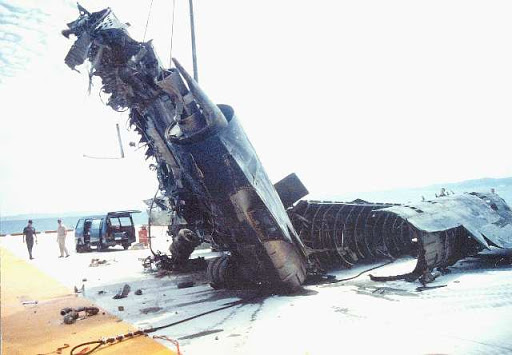
A Danger To Yourself
Ironically, the Black Bird’s greatest adversary was itself. None of the 12 Blackbirds lost during service came by way of enemy fire. They were all lost due to accidents.
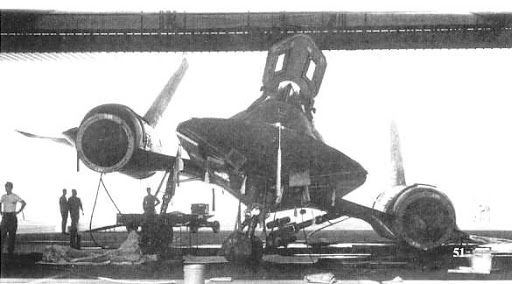
Speed Kills
One of the unfortunate times an SR-71 crashed was all because of a two-inch piece of duct tape on December 18, 1969. A maintenance technician had a rolled-up piece of duct tape jammed inside the line that fed airspeed and altitude information to the instruments in the cockpit. The wad of duct tape caused a false reading in the pilot’s meters which caused the pilot to fly the plane higher and at a slower speed than recommended. The increased altitude and decreased speed resulted in a dangerous stall, which in a Blackbird is completely unrecoverable. Tragically, the plane broke into pieces in mid-air but the crew was able to eject safely. The bird went down north of Shoshone, California.
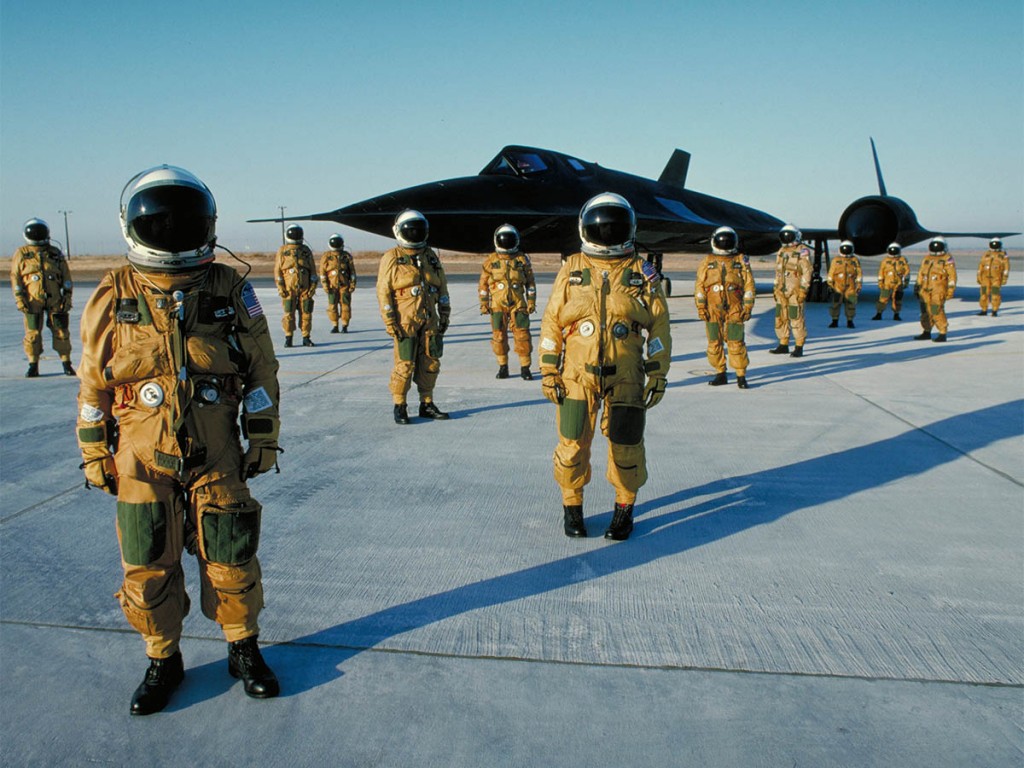
A Unique Conundrum
The SR-71 Blackbird had to deal with a somewhat unique problem for planes going at such high speeds. The engines needed air going slower than the speed of sound in order to function properly, so when the Blackbird was going over Mach 1, there was actually a shockwave permanently inside the engine as the air slowed down. Sometimes, the shockwave could make it outside the engine in front, and this caused major problems that any normal person would be terrified at, but these pilots trained to fix calmly.
No Bathroom Breaks!
The average Blackbird mission lasted about four hours, but the could go on for twice that long. A urine collection device (UCD) allowed pilots to do use the bathroom during the flight. There was no such device for going No. 2.
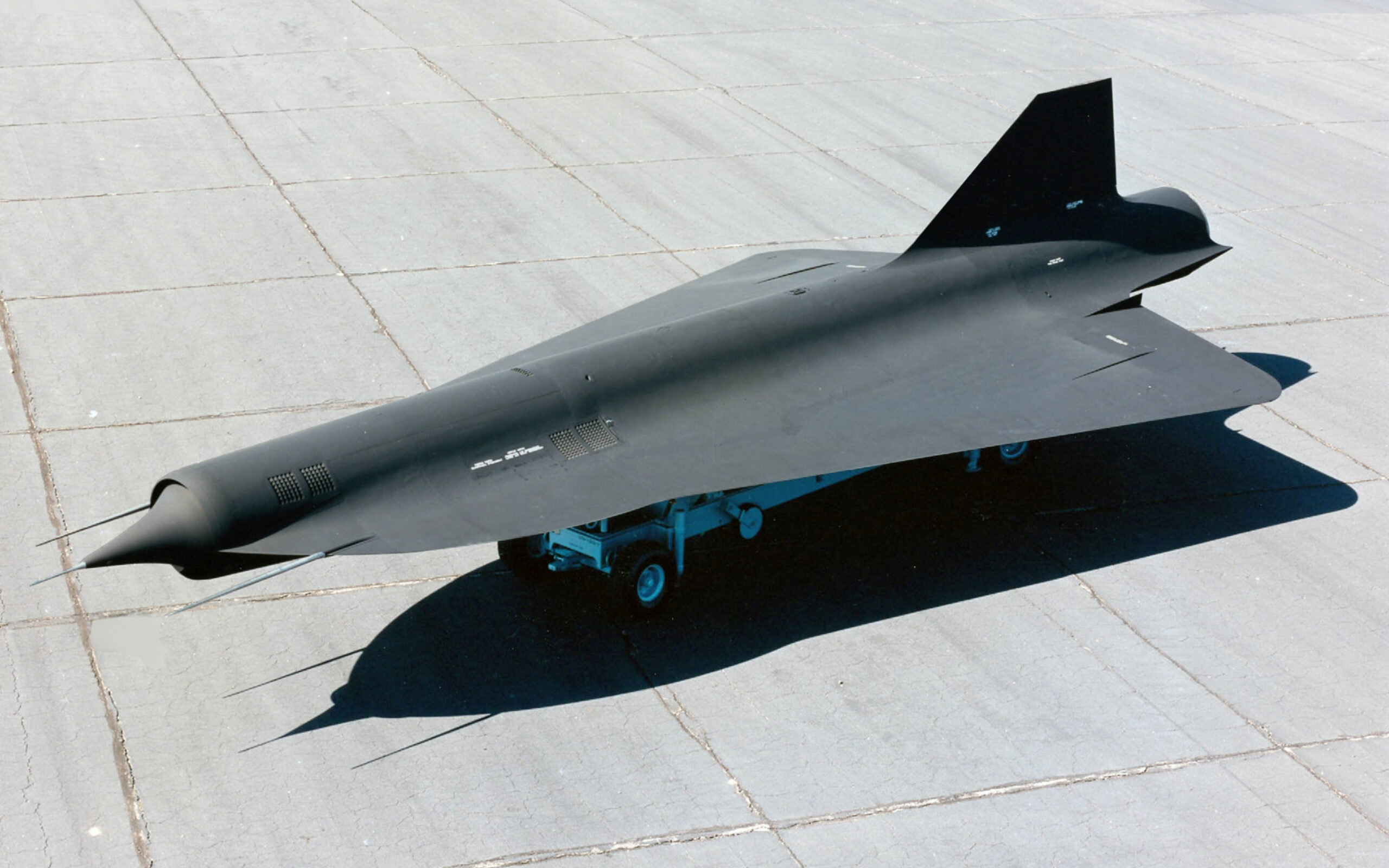
Predecessor
A decade before the SR-71 first flew, the military created another supersonic aircraft, the Ramjet. The man who designed it, Clarence Johnson, would later draft the plans for the SR-71. Lockheed Martin is actually working on a hypersonic (capable of Mach 5) spy plane to replace the famous SR-71 Blackbird.
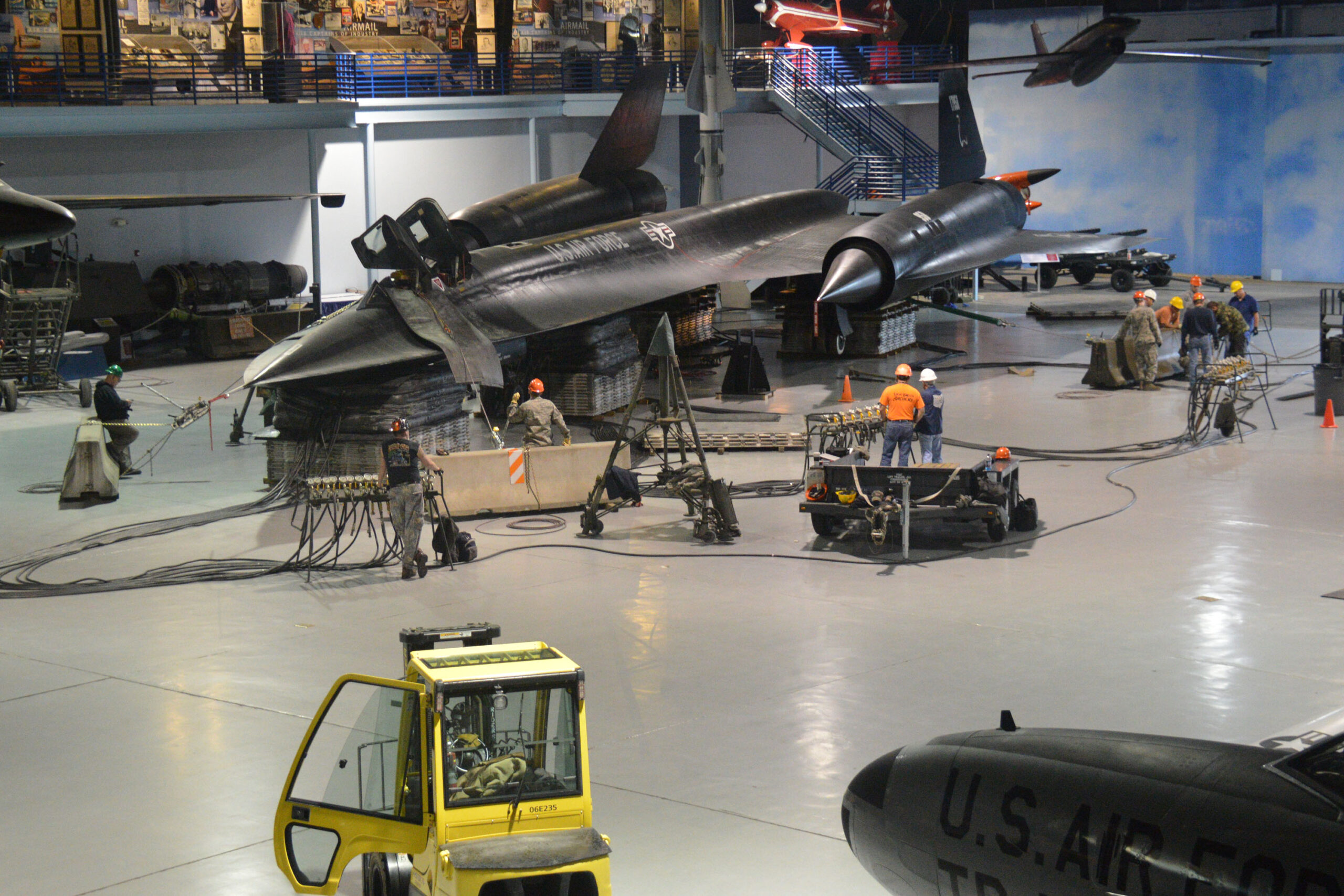
Star Wars
The hangar for all of the SR-71 Blackbirds looks just like a scene right out of Star Wars — the rebels could have used a Blackbird or two.
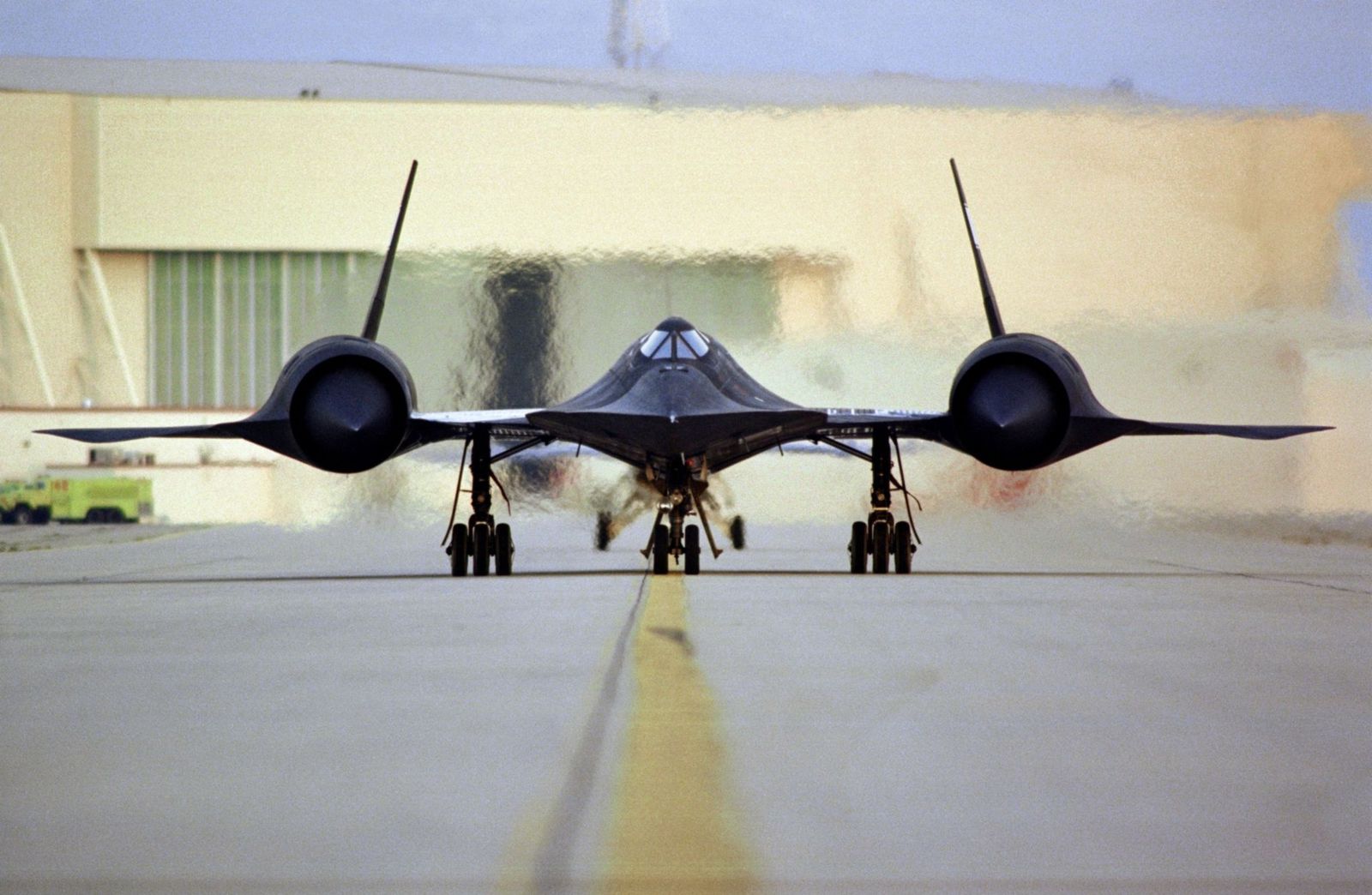
To The Stars
The SR-71 had extremely accurate navigation systems, too. It was able to maintain its heading within 1,000 feet while at Mach 3 by using a celestial navigation system nicknamed “R2-D2” that tracked a series of 61 stars. The sensor was so powerful that it was capable of detecting the stars in broad daylight while on the ground.
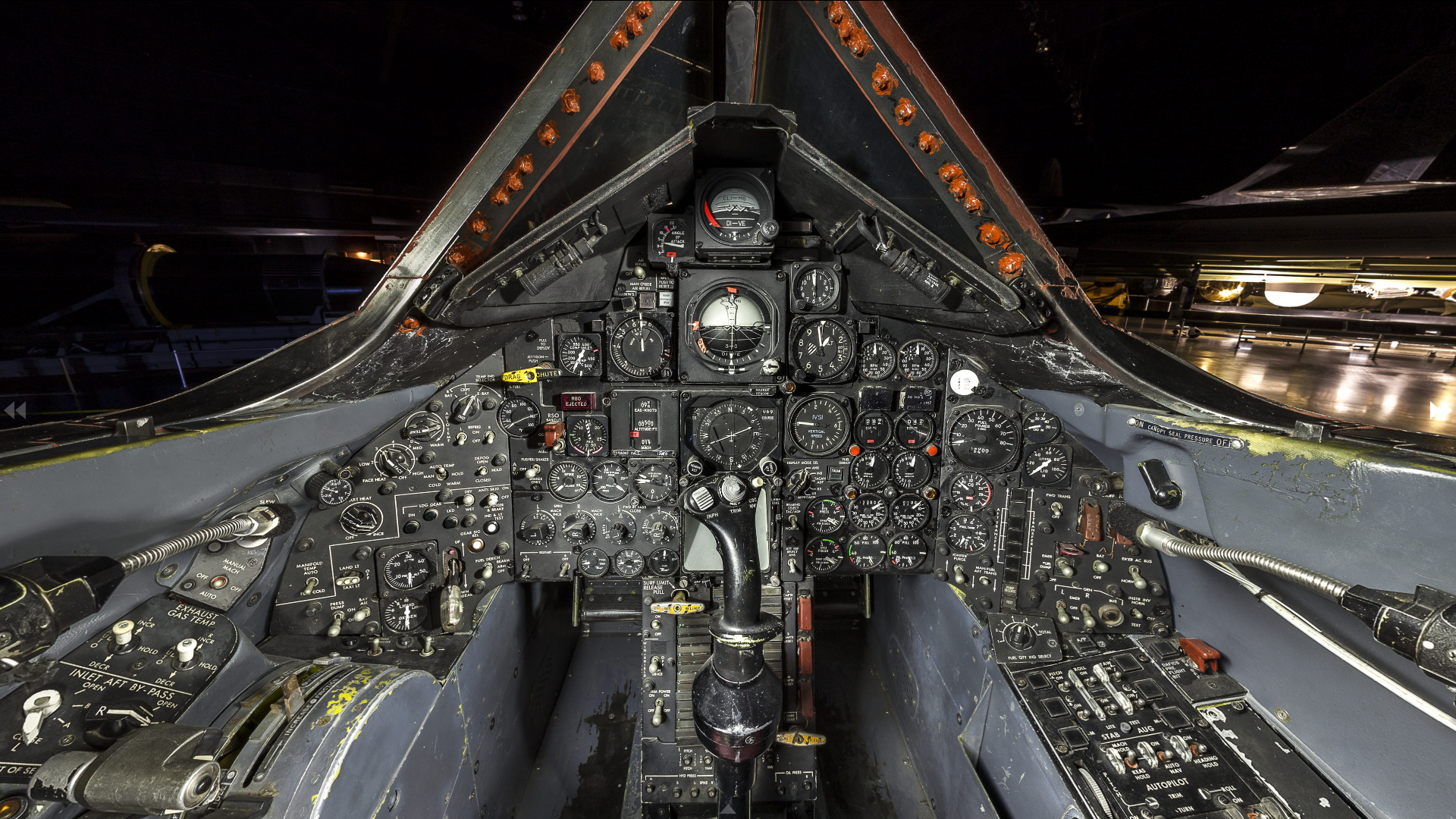
Getting Behind The Wheel
Here’s what the cockpit looked like. You can’t actually see much of anything when the canopy comes down since the windows are so small and so high. You mostly see space!
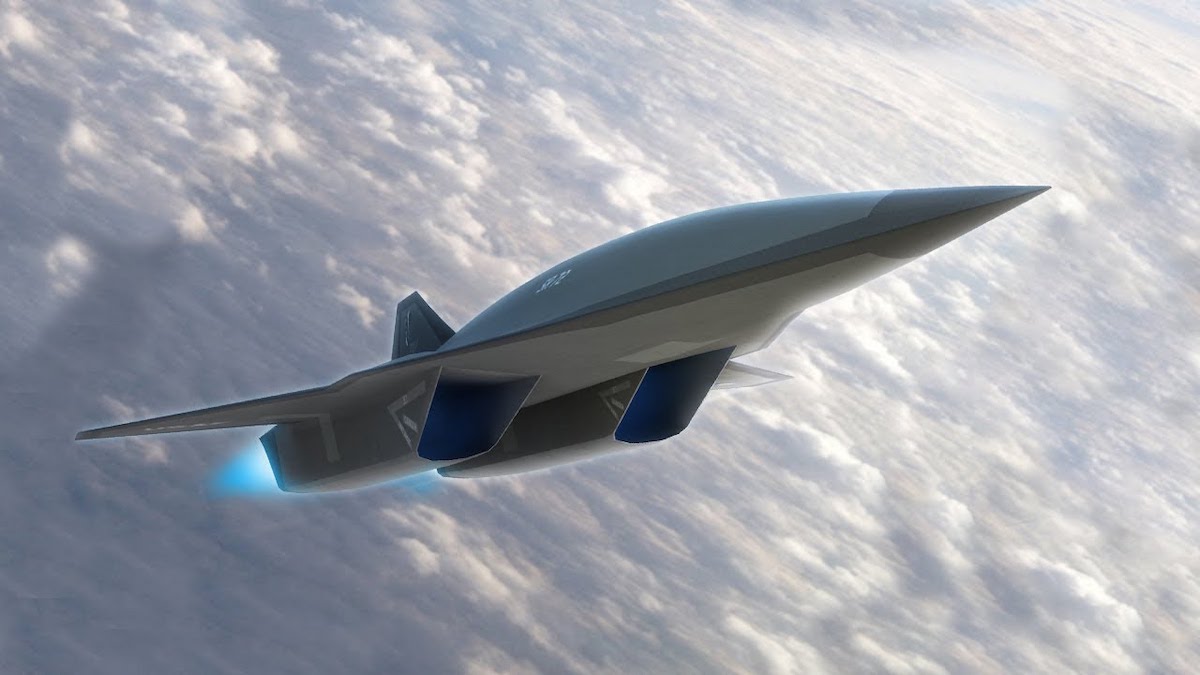
The Future
Lockheed Martin is actually working on a hypersonic (capable of Mach 5) dubbed the SR-72 spy plane to replace the famous Blackbird.
- What Happened to the Cast of ‘Silver Spoons’? Where the ’80s Stars Are Now
- Mark Wahlberg & Burt Reynolds Clashed on ‘Boogie Nights’ Set
- Sally Field Net Worth: How Much Did the ‘Gidget’ Star Make?
- What Happened to the Original ‘Charlie’s Angels’ Cast?
- Barbara Eden Net Worth: How Much Did the ‘I Dream of Jeannie’ Star Earn?









